Dyer's Woad (Isatis tinctoriaa)
1A, very limited presence in Montana
Quick ID
- bluish-green leaves with cream-colored midvein
- bright yellow flowers
- pear-shaped seed pods that turn deep purple to black upon maturity
- can be more than 3’ tall
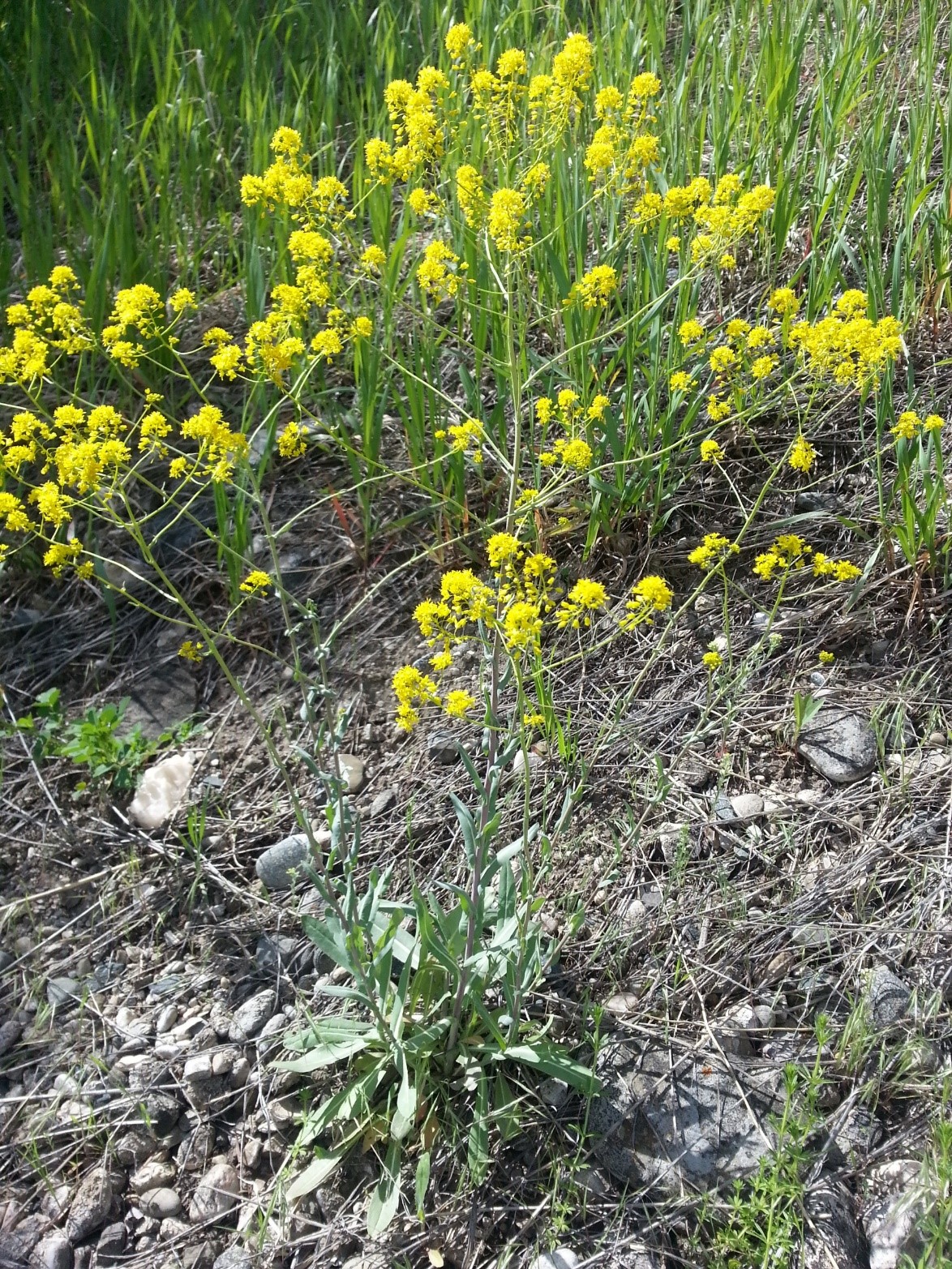
Dyers Woad Plant
Video Information
Weed Images
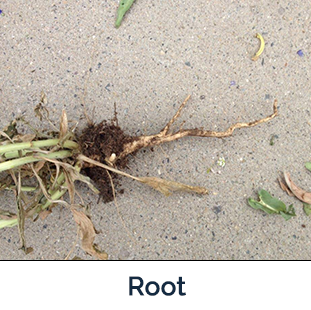
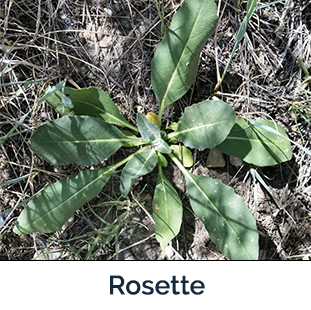
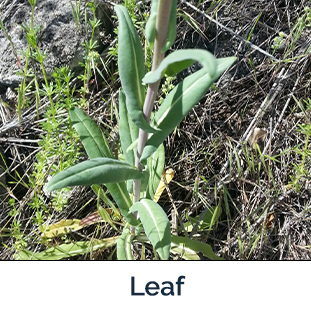
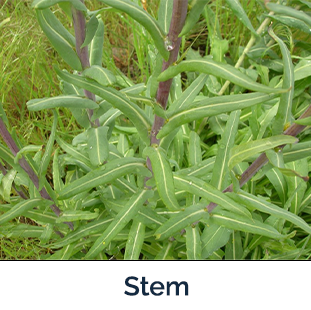
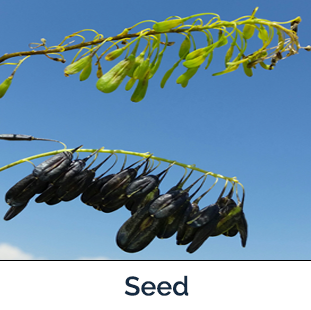
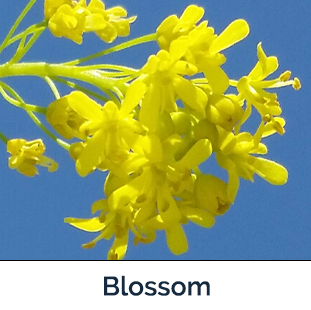
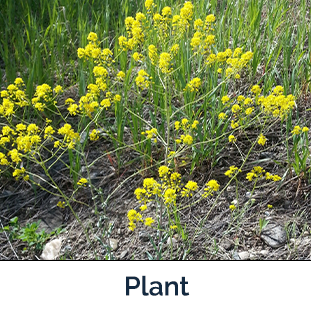
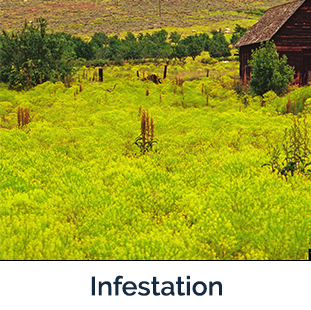
Weed Specifications
| Type | Information |
|---|---|
| Toxicity | Non-toxic, but is unpalatable to livestock and reduces forage. |
| Best Management Practices | Hand pulling and digging, making sure to remove at least 3”-4” of the root, along with proper seed removal and disposal, and herbicide treatments. |
| Habitat | Establishes on disturbed sites, such as roadsides, railroads, and gravel pits. |
| Root | Taproot can exceed 5’ in depth, along with lateral roots. |
| Leaves | Rubbery, like cabbage, and clasp the stem. |
| Lifespan | Usually biennial, but sometimes annual or perennial. |
| Similar Looking Plants | Other mustards. |
| Important Information | Plants can grow 4” in one week, prolific seed producer, $50 bounty for infestations found more than a half mile from known populations. |

